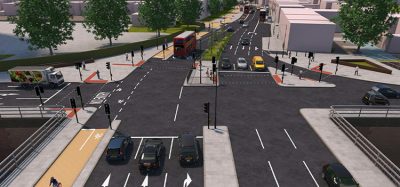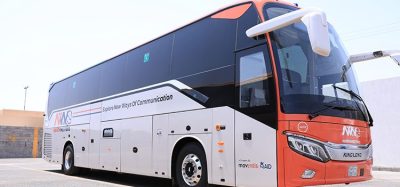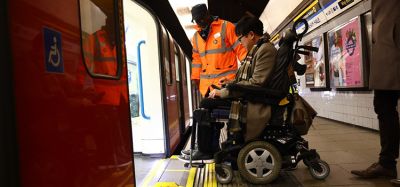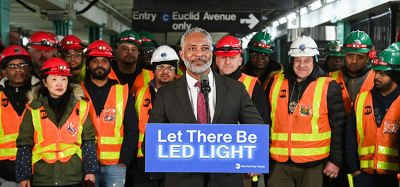New ‘Smart Intersection’ technology enables vehicles to virtually see through buildings
- Like
- Digg
- Del
- Tumblr
- VKontakte
- Buffer
- Love This
- Odnoklassniki
- Meneame
- Blogger
- Amazon
- Yahoo Mail
- Gmail
- AOL
- Newsvine
- HackerNews
- Evernote
- MySpace
- Mail.ru
- Viadeo
- Line
- Comments
- Yummly
- SMS
- Viber
- Telegram
- Subscribe
- Skype
- Facebook Messenger
- Kakao
- LiveJournal
- Yammer
- Edgar
- Fintel
- Mix
- Instapaper
- Copy Link
Posted: 5 October 2018 | Intelligent Transport | No comments yet
Honda partners with City of Marysville, Ohio for a real-world environment and demonstrates new technology that should reduce intersection collisions.


Honda has demonstrated its ‘Smart Intersection’ technology for vehicle-to-everything (V2X) communication, designed to reduce traffic collisions at roadway intersections.
This is one of the first such deployments of V2X technology in a real-world setting.
Developed in partnership with the City of Marysville as part of the 33 Smart Mobility Corridor project, the pilot project seeks to address the limitations of on-board vehicle sensors in addressing traffic collisions at roadway intersections. These collisions account for roughly 40 per cent of all collisions and 20 per cent of the nearly 35,000 traffic-related deaths that occur in the U.S. each year.
The ‘Smart Intersection’ technology allows cars to virtually see through and around buildings and walls in almost all weather conditions, helping identify and alert drivers to otherwise hidden hazards.
“Honda believes that V2X technology is an essential component of a smarter and safer transportation ecosystem and can play a role in our vision of a zero-collision society,” said Ted Klaus, Vice President of Strategic Research at Honda R&D Americas, Inc. “By partnering with the City of Marysville and the State of Ohio, we believe this research will give us a better understanding of how V2X technologies can be further advanced and most effectively deployed for the benefit of all road users.”
Four cameras mounted above the traffic lights at each corner of the intersection capture a bird’s-eye-view video of surrounding vehicles and pedestrian traffic within a 300-foot range. Honda’s proprietary image processing software then creates a 360-degree image of the intersection that classifies vehicles and other moving objects, such as pedestrians, motorcycles and emergency vehicles, and broadcasts pertinent information to surrounding vehicles via a dedicated short-range communication (DSRC) signal.
Each connected vehicle’s on-board computer decodes the information and, when necessary, provides visible and audible alerts to the driver.
Honda has committed to using 200 connected vehicles for evaluation in the 33 Smart Mobility Corridor and Smart Columbus projects.
Related topics
Vehicle & Passenger Safety
Related cities
United States of America
Related organisations
Honda
Related people
Ted Klaus








